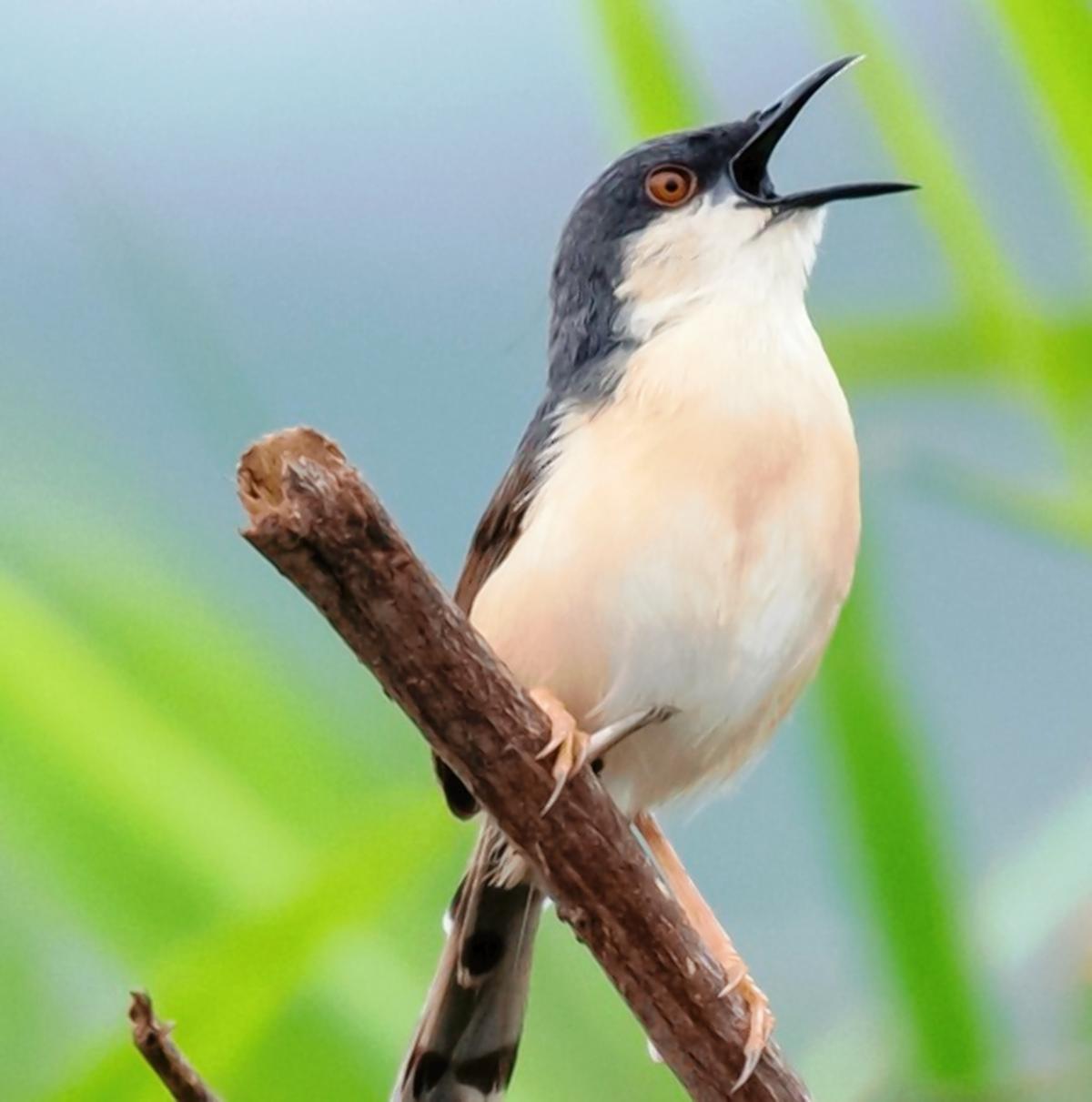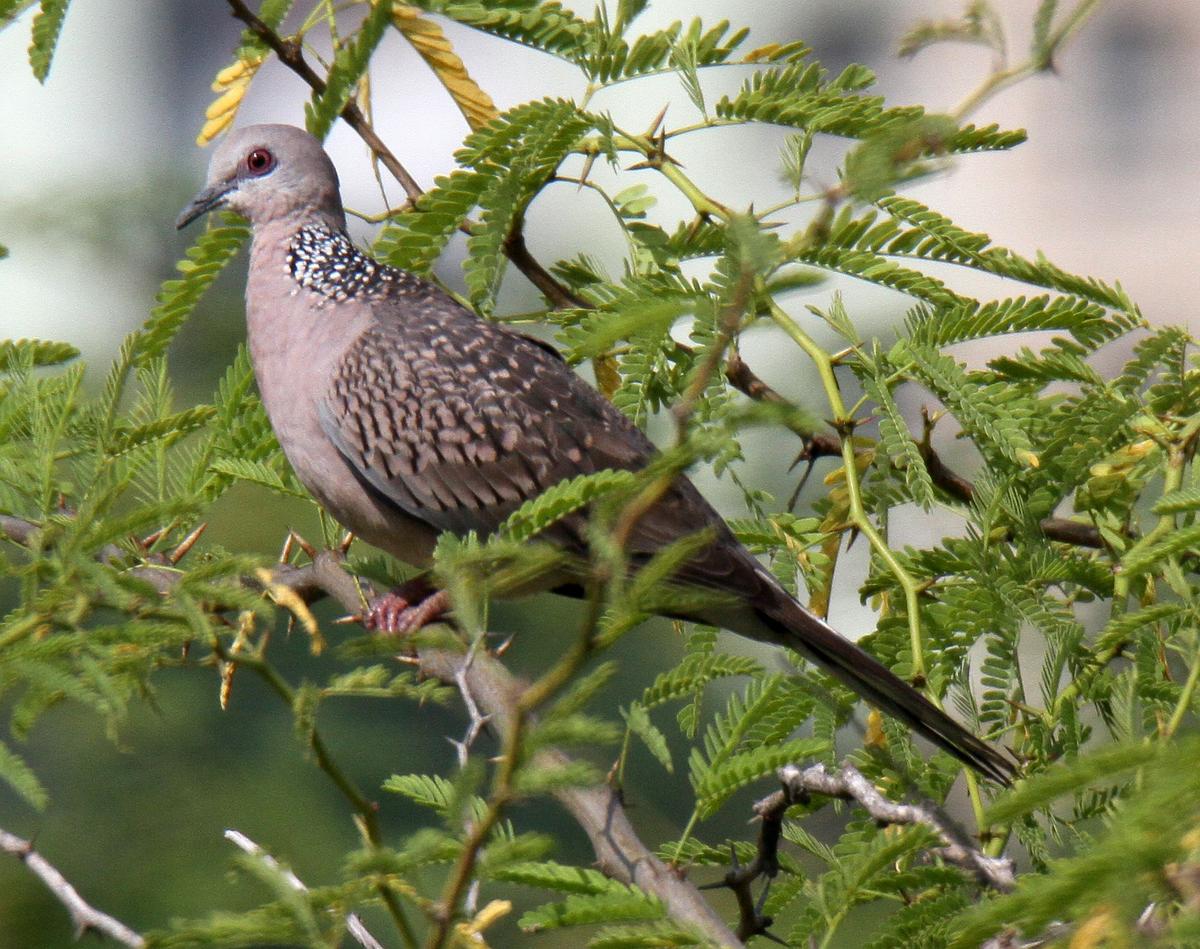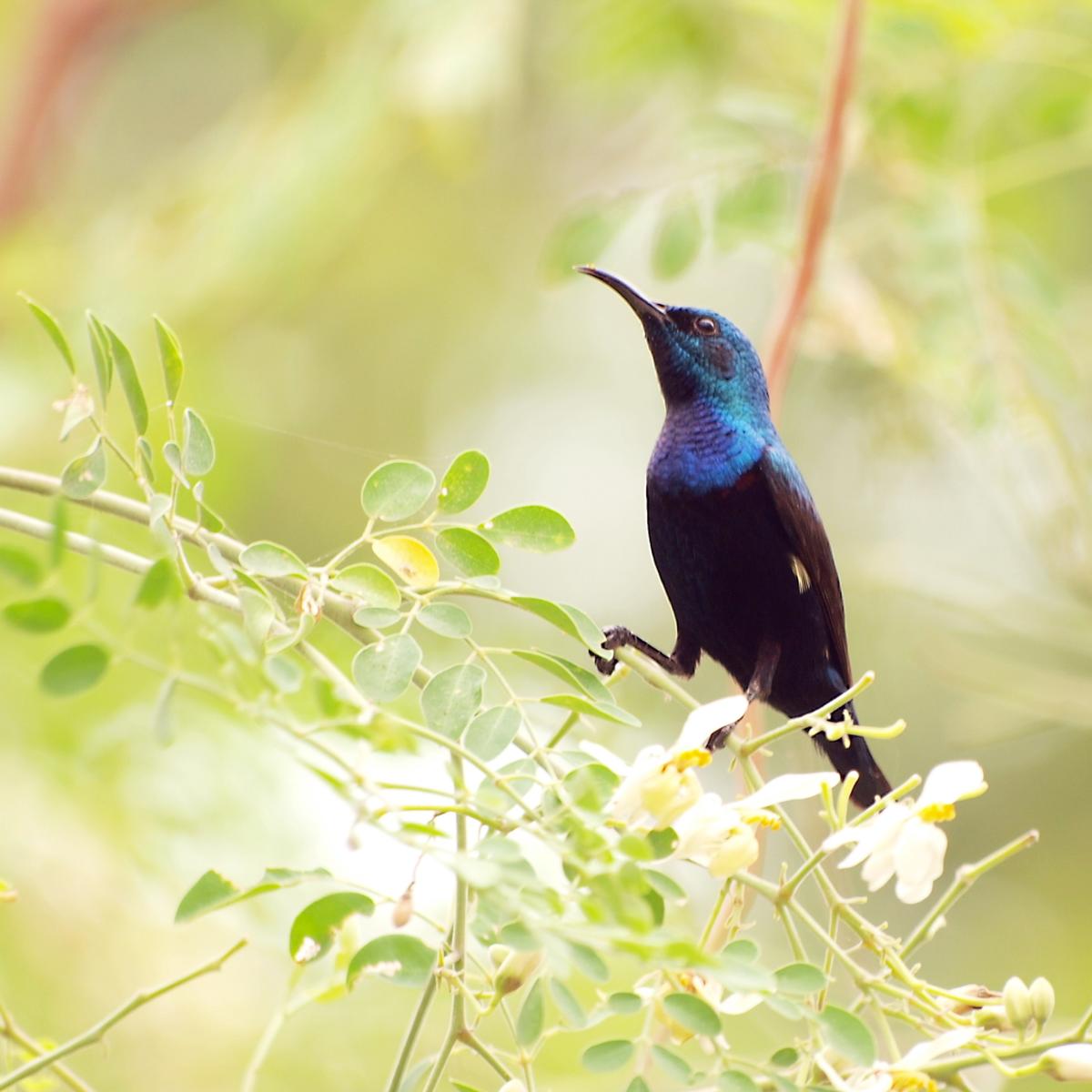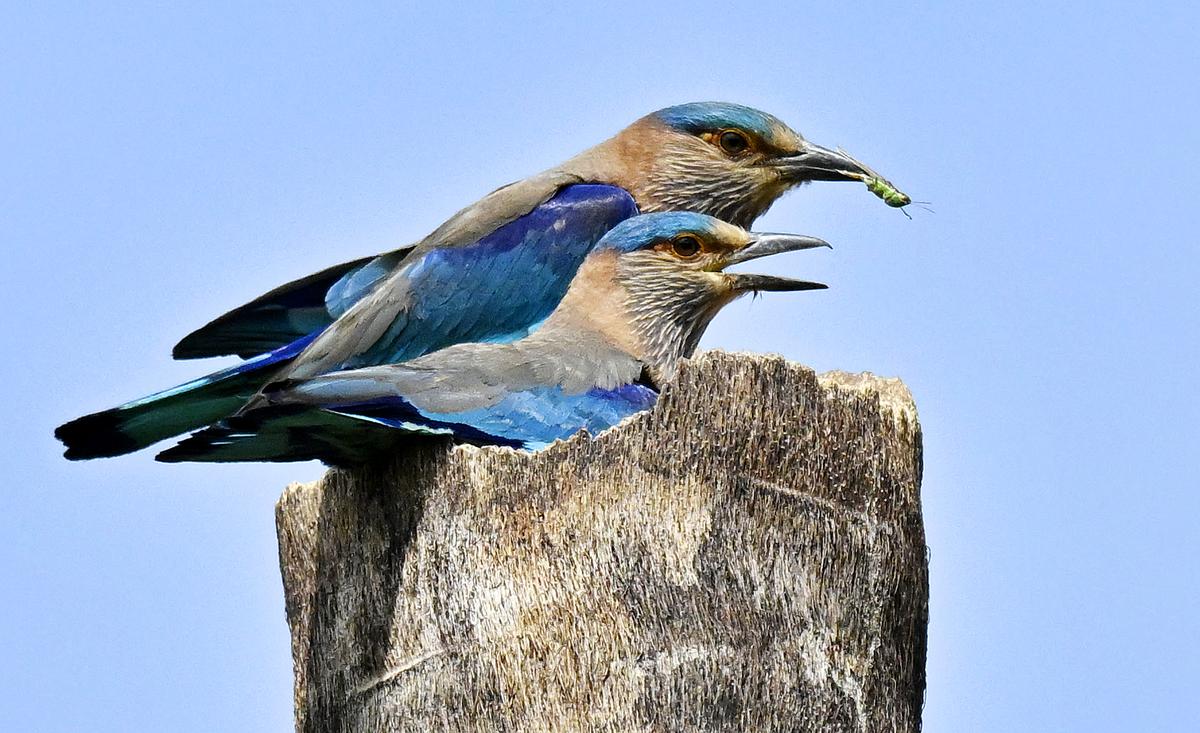
Ashy Prinia.

A spotted dove.

Purple Sunbird.
Rock pigeon.
Rapid urbanisation appears to be steadily reshaping Hyderabad’s natural ecosystem, and its impact is clearly visible in the city’s birdlife. A few species such as the Red-vented Bulbul, Ashy Prinia, Spotted Dove, Purple Sunbird and Rock Pigeon have successfully adapted to concrete surroundings and are now among the most widely distributed across parks, gardens, farmland and city streets. However, in the core urban localities, bird diversity has dropped sharply.
These are the findings of the first and second phases of the survey for Hyderabad Bird Atlas 2025, which is being developed by Hyderabad Birding Pals, Deccan Birders and WWF-India. Results of the second survey, presented in Hyderabad on Sunday, recorded 218 bird species across the city, including several of conservation significance.
The first survey was conducted in winter (February), followed by the second in the monsoon (July). Four more seasonal surveys are to be carried out before the Hyderabad Bird Atlas is brought out, offering a comprehensive picture of bird distribution in the city, from native species to migrants, while identifying those of highest conservation concern. Long-term monitoring, they stressed, is essential to track population trends and frame effective protection strategies.

A pair of Indian rollers or palapitta, Telangana’s State bird.
For instance, the survey noted a sharp seasonal variation in the numbers of Telangana’s State bird — the Indian Roller (Coracias benghalensis) — with 26 recorded in winter but only four during the monsoon, indicating a much lower presence during the rains.
The second survey drew on 1,440 eBird checklists contributed by over 400 volunteers. Bird distribution was mapped across 180 survey areas, spanning Hyderabad’s diverse habitats such as urban lakes, scrublands and grasslands.
“The survey also identified 18 species protected under Schedule I of the Wildlife Protection Act, India’s highest level of legal protection, and 26 species categorised as High Priority in the State of India’s Birds assessment,” informed a press release.
The survey findings included sightings of the International Union of Conservation of Nature’s (IUCN) Red List of threatened species: River Tern (Sterna aurantia), which is classified as Vulnerable, Asian Woolly-necked Stork (Ciconia episcopus), Spot-billed Pelican (Pelecanus philippensis), and Pallid Harrier (Circus macrourus), all near threatened.
Himayat Sagar–Kothwalguda, Dammaiguda–Thimmaipalli, Jalpally–Pahadishareef, Bachupally–Madaram, and Pashamylaram–Isnapur emerged as the most species-rich areas. In contrast, dense urban sectors, including Secunderabad–Lakdikapool, Malkajgiri–AOC and LB Nagar–Dilsukhnagar recorded the lowest diversity.
Published – August 18, 2025 02:02 am IST




















